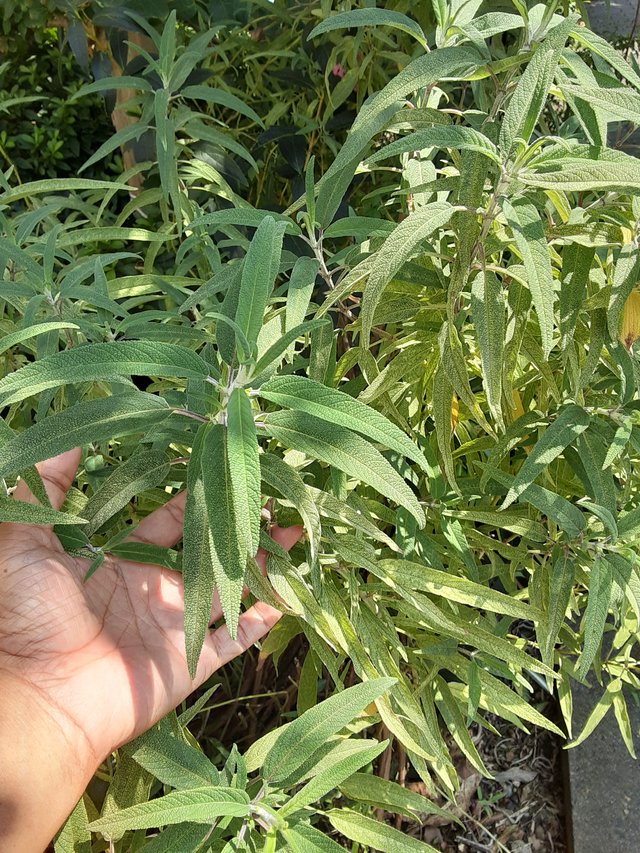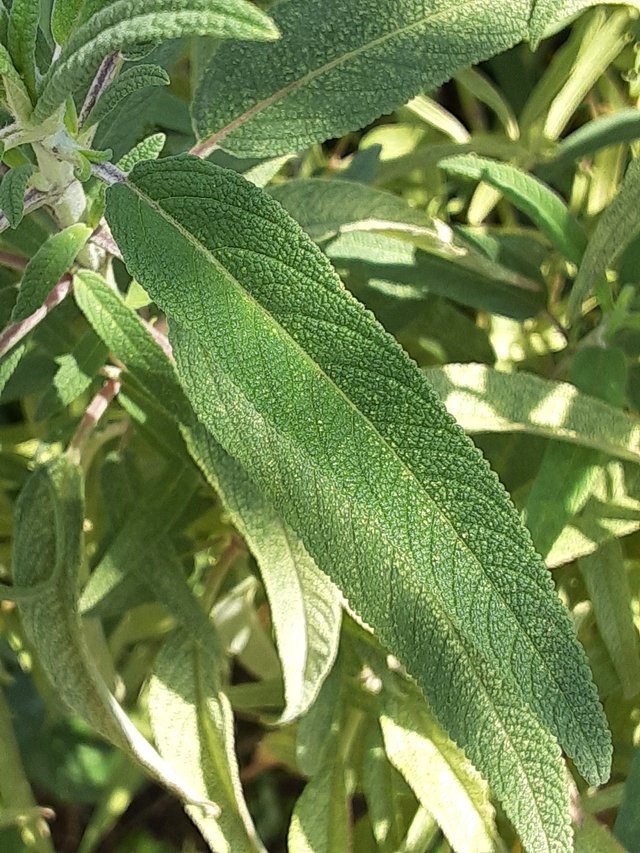Sage (Salvia officinalis) is a versatile herb with culinary, medicinal, and ornamental uses, known for its aromatic leaves and gray-green color

Salvia officinalis, commonly known as sage, is a perennial herb belonging to the mint family, Lamiaceae. Native to the Mediterranean region, it has been cultivated for centuries for its culinary, medicinal, and ornamental properties.
Sage is characterized by its woody stems, which can grow up to 90 cm (35 in) tall. Its leaves are oval-shaped, wrinkled, and gray-green in color. They are covered in a fine, downy hair that gives them a distinctive texture. The leaves have a strong, aromatic fragrance and a slightly bitter, earthy taste.
Sage has been used for centuries in traditional medicine to treat a variety of ailments, including digestive problems, anxiety, and respiratory issues. It is believed to have anti-inflammatory, antiseptic, and antioxidant properties. In modern herbalism, sage is often used to promote mental clarity, reduce stress, and improve memory.

In the culinary world, sage is a popular herb for seasoning meats, poultry, and vegetables. It pairs well with fatty meats like pork and lamb, and can be added to stuffing, sauces, and marinades. Sage leaves can also be used to make teas and infusions, which are said to have digestive and calming effects.
Sage is a relatively low-maintenance plant that can be grown in gardens or containers. It prefers well-draining soil and full sun to partial shade. Sage is drought-tolerant and can be harvested throughout the growing season.
Ref.:
 |  |
Upvoted! Thank you for supporting witness @jswit.